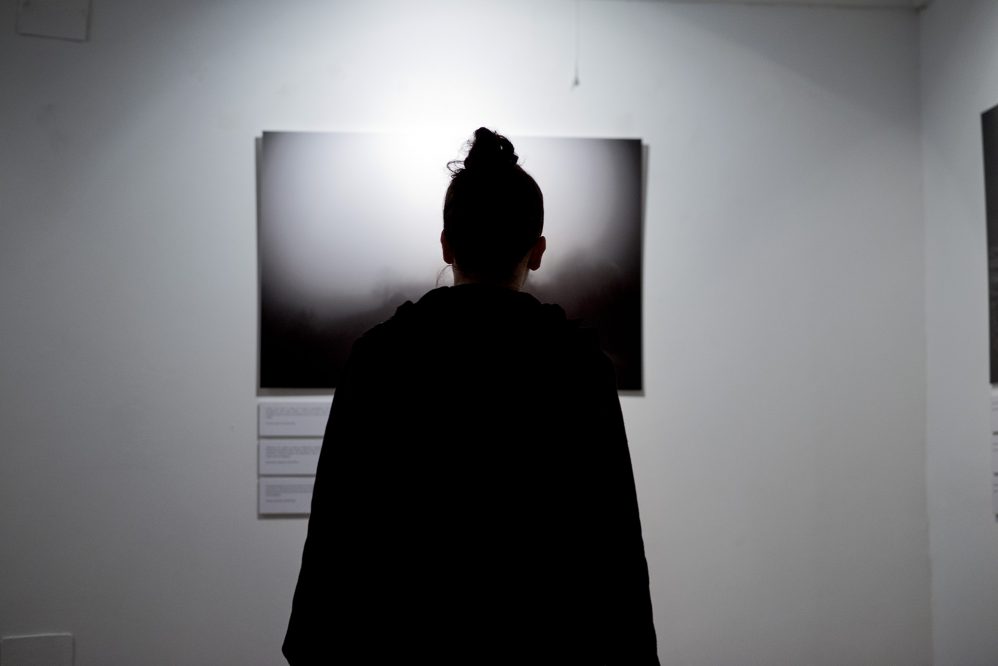In the spirit of the mission of the Centre for Nonviolent Action Sarajevo-Belgrade, which entails building lasting peace by promoting a culture of nonviolence, dialogue and trust among people in the region of the former Yugoslavia, the project “War Monuments in Bosnia and Herzegovina since 1991” was presented in Mostar though an exhibition of photographs titled “War of Memories” and its monograph, both of which are the result of years of extensive research on memorialisation policy in Bosnia and Herzegovina.
With the aim of presenting current memorialisation policy, and having photographs of marked and unmarked sites of suffering from all three warring sides in Bosnia and Herzegovina serve as the starting point for constructive dialogue aimed at changing the dominant memorialisation discourses, 51 photographs were exhibited at the Croatian Lodge “Herceg Stješan Kosača”, just as they were in the Sarajevo Vijećnica where we began our trip through our recent past and its impact on our present.
The photographs are the result of research conducted by the Centre for Nonviolent Action Sarajevo-Belgrade, the peace activists and photographers Nenad Vukosavljević and Nedžad Horozović, and the complete photo-documentation on monuments since 1991 is available at kulturasjecanja.org/en/.

The monograph “War of Memories” was also presented at the exhibition in Mostar. Apart from the photographs, the monograph also contains research on the way we remember, which is often more focused on identifying the enemy than on honouring the victims. A summary of the monograph “War of Memories” is available at http://nenasilje.org/publikacije/pdf/War_of_Memories.pdf
Marina Deronjić, head of urban planning and construction, spoke at the opening of the exhibition on behalf of the host city.
Adnan Hasanbegović spoke about the mission of the Centre for Nonviolent Action Sarajevo-Belgrade, expressing his conviction that the tragedy that has befallen us can be viewed with a common sorrow and all its victims can be mourned.
The desire to create a culture of memory that can speak about the past from multiple perspectives, with no intention to justify, but only to understand the other side, so that memories of war may contribute to peace – this was something that one of the exhibition authors, Nenad Vukosavljević, spoke about when he was explaining what the exhibition hopes to achieve. He also pointed out that the idea for the photographs was inspired by gatherings of war veterans and joint visits to sites of suffering organised by CNA.
The organisers thanked the visitors in Mostar for their warm welcome, because it is only by a joint effort that we can contribute to the process of change and the building of a lasting peace, by staring a constructive dialogue precisely in places where people are prepared to come and look at what violence can cause.
After Mostar, the exhibition “War of Memories” will travel to Banja Luka where it will be on display from 22 November at the Staklenac Music Pavilion. The Bihać opening at the City Gallery has been announced for 12 December.
Kristina Ljevak
